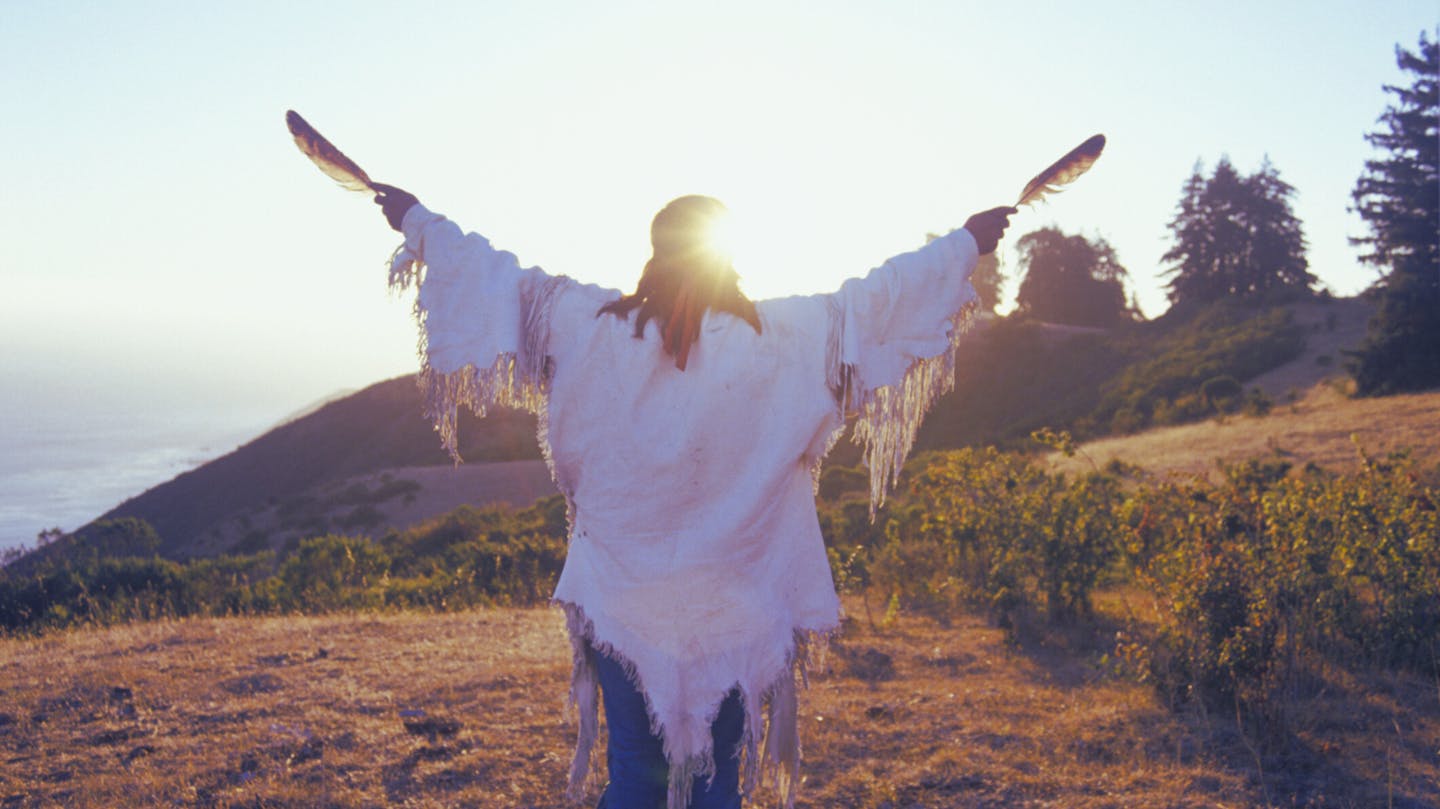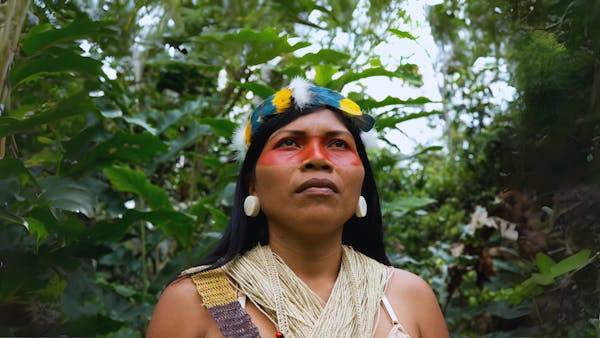Living in Ceremony for the Land: Honoring Indigenous knowledge and reciprocity
Living in Ceremony for the Land, the second volume in a four-part series published by the IKhana Fund planning team, offers a profound exploration of the role of Indigenous ceremony in restoring balance between people, community, and the natural world.
Understanding the relationship between land, knowledge, and ceremony
One of the core insights from the report is that knowledge is deeply embedded in the land. The authors highlight how Indigenous ways of knowing are guided by relationships—between people, the land, and all living beings. Ceremony serves as a process of alignment, ensuring that these relationships remain in balance and that knowledge emerges naturally.
The role of community in Indigenous philanthropy
The report emphasizes that true Indigenous philanthropy must be rooted in community. Rather than viewing funding as a transaction, the IKhana Fund advocates for a model where both grant-givers and recipients participate in a shared ceremonial process. This reciprocal approach fosters stronger connections and ensures that financial support does not impose external frameworks, but instead amplifies Indigenous-led solutions.
Shifting the narrative: Moving away from colonial frameworks
A critical reflection in the report is the recognition of how deeply Western funding models are shaped by colonial narratives. The authors discuss the “Pioneer Story”—a mindset that seeks to “discover” or “map” solutions rather than working within Indigenous knowledge systems. Instead, they propose a new narrative that centers on coming home to ourselves, to community, and to the land through ceremony.
The power of story in reclaiming Indigenous knowledge
Storytelling is positioned as a vital tool for decolonizing philanthropy. The report highlights how language shapes perception, noting that even well-intentioned philanthropy can unintentionally reinforce colonial mindsets. By shifting the language used in funding conversations, Indigenous communities can reclaim their agency and ensure that their voices and knowledge systems lead the way.
Five key takeaways:
1. Philanthropy as ceremony – Indigenous-led funding should be rooted in reciprocity and aligned with the natural world, rather than seen as a transactional process.
2. Community-centered giving – Funding initiatives thrive when they are embedded in community relationships, allowing for shared leadership and mutual respect.
3. Shifting away from colonial narratives – Western philanthropic models must move beyond the “Pioneer Story” and instead recognize and support Indigenous-led approaches.
4. Storytelling as a tool for change – Language matters, and reframing the way funding discussions happen can help reclaim Indigenous agency and leadership.
5. A holistic approach to environmental restoration – Healing the land is inseparable from healing the community, and both require a commitment to Indigenous knowledge and traditions.
A call to action: Supporting Indigenous-led change
Living in Ceremony for the Land invites readers—Indigenous and non-Indigenous alike—to reconsider their relationships with the world around them. Rather than seeking to extract knowledge or adopt practices superficially, the text encourages deep listening, humility, and participation in the ongoing, living web of relationships that sustain life.
For those engaged in climate action and conservation, this work provides a vital framework for rethinking environmental stewardship. It reminds us that the Land is not a resource to be managed but a living entity with which we must be in the right relationship. Through ceremony, we can restore balance—not only within ecosystems, but within ourselves and our communities.
Read the Full Report


.png?auto=compress%2Cformat&h=600&w=600)

